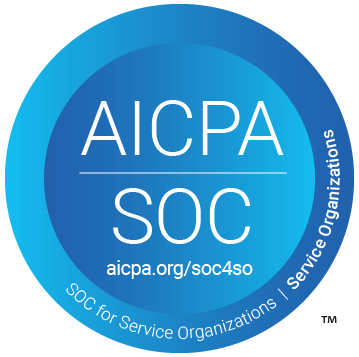Do Carved-Out Specialty Plans Contradict Value-Based Care?
The healthcare industry continuously strives to provide quality services despite turbulent economic conditions. Through innovative resource allocation and service administration, carved-out specialty plans emerged as an approach that secures financial goals while maintaining care delivery.
As all novel approaches do, the program remains the subject of debate. Patients and providers alike question whether the alternative care these plans offer cuts corners on proper care treatment, possibly leading to deteriorating population health. With healthcare's recent shift to more accountable operations, this case suggests a contradiction — challenging whether carved-out specialty plans clash with value-based care initiatives.

What Are Carved-Out Specialty Plans?
Carved-out specialty plans are a type of healthcare benefit plan focusing on specific services or conditions (e.g., mental health or chronic illness). These plans are separate from comprehensive health insurance plans, wherein specialty organizations lead case management operations.
While a health plan may provide coverage for a wide range of medical services, such as prescriptions and surgeries, it may allocate some health services to a separate plan for management. In "carving out" certain services or conditions, healthcare professionals can provide patients with more targeted and cost-effective healthcare options.
Read More: Best Business Process Management Strategy
Probing the Opposition of Carved-Out Routes
From a financial perspective, carved-out specialty plans have emerged as an innovative approach to healthcare benefit plans. Still, they are not without their challenges.
For one, patients worry that alternative care options may compromise proper treatments when they opt for
“cheaper alternatives”.
Providers also experience uncertainty regarding patients' benefits coverage, especially when they are uncoordinated with specialty organizations.
Coordinating health plans with multiple pharmacies, clinics, and facilities is a challenging endeavor. Since specialty plans offer targeted and cost-effective healthcare options, careful management is necessary to ensure that alternative plans effectively meet the needs of patients and providers. Going through this route should maintain the same quality of care delivery while minimizing administrative challenges.
Highlighting the Benefits of Alternative Resources
Despite heavy criticism, carved-out specialty plans offer patients and healthcare professionals several advantages. One key benefit is the ability to offer better healthcare options while managing costs more effectively. With specialized entities, such as third-party administrators (TPAs), managing the plans, providers can access the expertise and experience necessary to create customized benefit packages that meet the unique needs of patients.
This arrangement ensures consistent access to medical care through alternative treatment plans when the first options are costly. With comprehensive healthcare coverage, including preventive care, diagnosis, and treatment, patients can access the medical care they need when they need it without having to worry about financial barriers. This can help promote better health outcomes through targeted and cost-effective measures.

Manage Health and Financial Risks with Specialized Tools
Rather, they provide broader options for patients to access sustainable care. As each route presents risks, it is better to build reliable foundations to uphold a high level of care coordination.
With
QuickCap 7 as your expert partner in
specialty services, you can minimize risks and coordinate processes in one cohesive system. QC7 features a digital data repository connecting networks of providers and patients, ensuring smoother communication lines and greater transparency in processing carved-out specialty plans. Implement basic to comprehensive payment structures to ensure financial trails are accounted for. Navigate through delegated risks with complete control over processes in benefit planning, provider contracting, and member populations. Choose the right support for your organization today!
Confidently Face All Risks with Reliable Digital Systems
References:
- Kober, Scott. “Cutting Back Expenses Through Carve-Outs.” PubMed Central (PMC), n.d. https://www.ncbi.nlm.nih.gov/pmc/articles/PMC2702816/.
- MBA, FACMPE, ACHE, Dawn Holcombe, and ACHE FACMPE MBA Dawn Holcombe. “Specialty Carve-Outs: What Are the Implications for Patients and Practices? | Oncology Practice Management.” Oncology Practice Management, December 12, 2022. https://oncpracticemanagement.com/issues/2022/december-2022-vol-12-no-12/3013-specialty-carve-outs-what-are-the-implications-for-patients-and-practices.
- HealthyChildren.org. “What Is an Insurance Carve-Out?,” October 11, 2018. https://www.healthychildren.org/English/family-life/health-management/health-insurance/Pages/What-Is-an-Insurance-Carve-Out.aspx.
Recently published articles
Keep in touch
Subscribe to get the latest update
Trending topics
Share your insights on social media
Upcoming events and company news


















